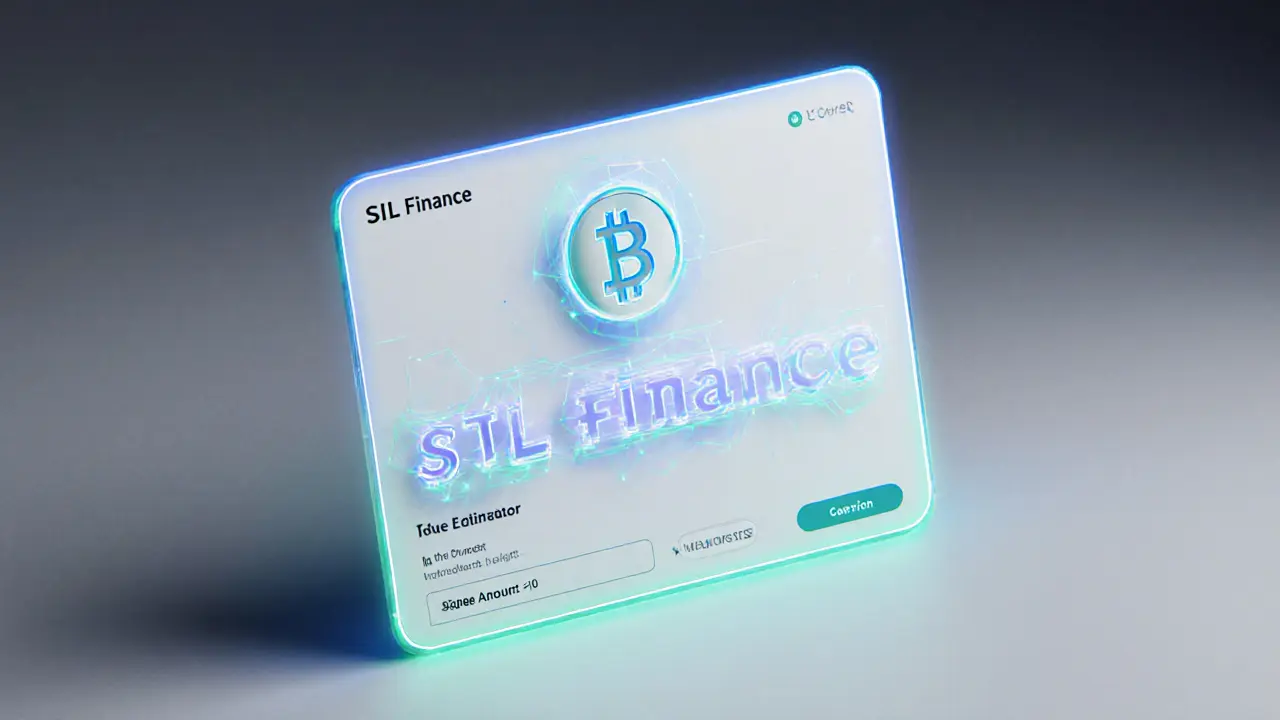Ethereum token: What you need to know
When working with Ethereum token, a digital asset that follows the ERC‑20 standard on the Ethereum blockchain. Also known as ERC‑20 token, it powers DeFi apps, NFTs, and countless projects. Ethereum token basics start with its code, supply rules and how wallets interact with it.
Ethereum token encompasses the ERC‑20 standard, the technical blueprint that defines token behavior, transfer events and approval functions. This standard requires smart contracts to implement a common set of functions, which makes tokens interchangeable across wallets and exchanges. Because of that, developers can launch new assets in minutes, and users can trade them instantly.
Key aspects of Ethereum tokens
One practical side of using an Ethereum token is staking. Staking validator hardware, CPU, RAM, storage and network specs needed to run a reliable Ethereum node enables token holders to earn rewards while securing the network. The hardware requirements have grown with the transition to proof‑of‑stake, so a modern setup typically needs a multi‑core CPU, 16 GB RAM, SSD storage and a stable internet connection. Knowing these specs helps investors decide whether to run their own validator or delegate to a service.
Airdrop mechanisms also shape token distribution. An airdrop, a free token giveaway that rewards early adopters or community members can boost awareness, create liquidity and incentivize participation. Successful airdrops follow clear eligibility rules, use smart contracts for automated claims, and often tie rewards to on‑chain actions like staking or holding another token. Understanding airdrop design helps you spot real opportunities and avoid scams.
Token economics, or tokenomics, tie together supply limits, inflation rates and utility. An Ethereum token may have a fixed max supply, a controlled emission schedule, or a burn mechanism that reduces circulating units over time. These attributes influence price dynamics and investor expectations. For example, a token that burns a portion of transaction fees tends to create deflationary pressure, which can attract long‑term holders.
Security is another pillar. Since Ethereum token contracts are immutable once deployed, a flaw can freeze funds or expose vulnerabilities. Audits from reputable firms, open‑source code, and community scrutiny are the main defenses. Projects that skip an audit often face exploit risks, which can erode trust and market value.
Finally, interaction with exchanges matters. Listing on reputable platforms requires meeting compliance standards, providing transparent tokenomics, and ensuring liquidity. Reviews of exchanges—like those covering DA.SG, DuckSwap, or Bitunix—highlight fee structures, security features and user experience, all of which affect how easily you can trade an Ethereum token.
All these pieces—ERC‑20 standards, staking hardware, airdrop designs, tokenomics, security audits, and exchange listings—form a connected ecosystem. Below you’ll find deep‑dive articles that walk through each of these topics, from airdrop case studies to validator hardware guides, so you can make smarter decisions about Ethereum tokens.

Detailed guide on SIL Finance airdrop, token specs, market data discrepancies, and how to safely claim free SIL tokens in 2025.
- Read More
